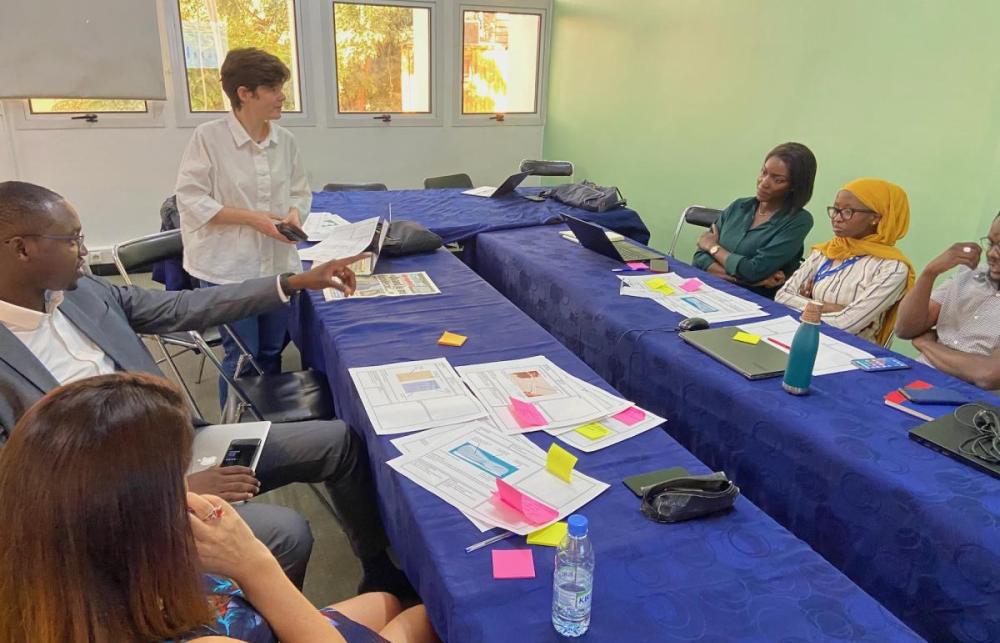Research Themes
Contingencies
How and why have disposability norms become embedded in global healthcare systems, and what factors shaped this trajectory? What examples exist of alternative paths not taken?
Our health systems were not always built around disposability. Medical masks were made of reusable materials until the 1930s, and the majority of surgical masks were not disposable until the 1960s. One generation ago, the use of washable instead of disposable surgical drapes and reusable surgical tools was commonplace. A generation before that, the syringe was a reusable technology. Diagnostic tests in the mid-20th century involved standardized glassware, sterilized by autoclave. In a relatively short period of time, we have naturalized the use of single-use products and then forgotten there was ever any alternative.
But current practices are not inevitable and norms of linear disposability have been and continue to be constructed, learned and contested. The transition to a single-use healthcare economy has unfolded in diverse ways in different locations. In some places, practices of reuse have persisted or emerged anew, drawing attention to the contingencies of disposability and the possibility of alternative, more sustainable trajectories for the future.

Circulations
How are disposable medical technologies produced, transported, consumed, and discarded, and how do they map onto local, regional, and global scales? What relations do they create between people, places, and things?
The separation of “clean” technology from “dirty” sites has always been layered onto racialized and classed forms of stratification both within and between cities, regions, and nations. Bringing environmental justice into conversation with place-centred theorisations of power in anthropology and discard studies we seek to understand the differential effects and risks for different people and places of transformative waste policies, such as the historical shift from local sterilization to centralized incineration infrastructures. Tracing the connections between multiple systems of medical waste, our project explores how scalar relations between centre and periphery are generated through circulations of medical waste rather than preceding them. We attend to the socio-material affordances of single-use plastics, exploring the different valuations people make of polymers as they travel through different places and spaces, and examining their valorisation and denigration in different social and political imaginaries.
Through historical, ethnographic, and artistic approaches we aim to visualise the harms as well as the putative benefits of disposable, plastic medical technologies over their lifecycles, with attention to their selective impacts within gradients of race, class, ethnicity, and social vulnerability.

Collaborations
How can researchers, policymakers, activists, engineers, and designers work together to build circular healthcare solutions? What creative technical and social solutions offer sustainable alternatives to disposable medicine?
Today there is growing international recognition that we need to move to a more sustainable, circular economy for medical equipment and devices. New social collectives, solidarities, and collaborations are forming around the need to find new ways of valuing health care and plastics, and new ways of imagining health care infrastructures and supply chains. After the Single Use studies how, when, and where the shift from reusable to disposable medical technology has been resisted, and what creative technical and social arrangements, innovative practical solutions, and challenges to present healthcare conventions might offer sustainable alternatives to disposable medicine.
After the Single Use is also a collaborative project, comprising a collective of anthropologists and historians spanning four continents, and working in close partnership with international NGOs, artists, engineers and policy-makers. Our goal is to critically interrogate emerging models and paradigms of circularity, to open up reflective conversations that help to denaturalise the status quo, and in doing so, contribute to the generation new norms of sustainability and material possibilities for future health systems.

